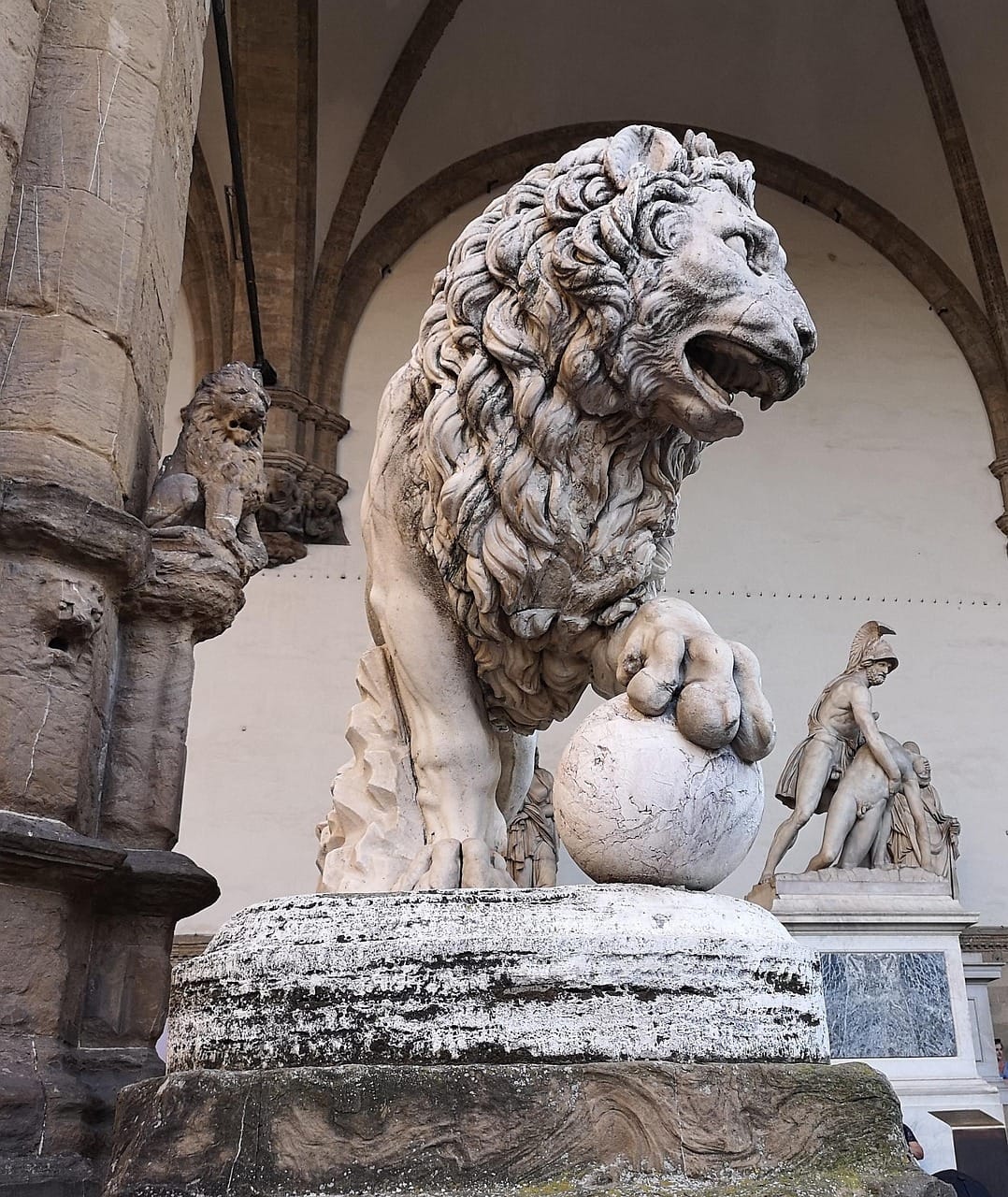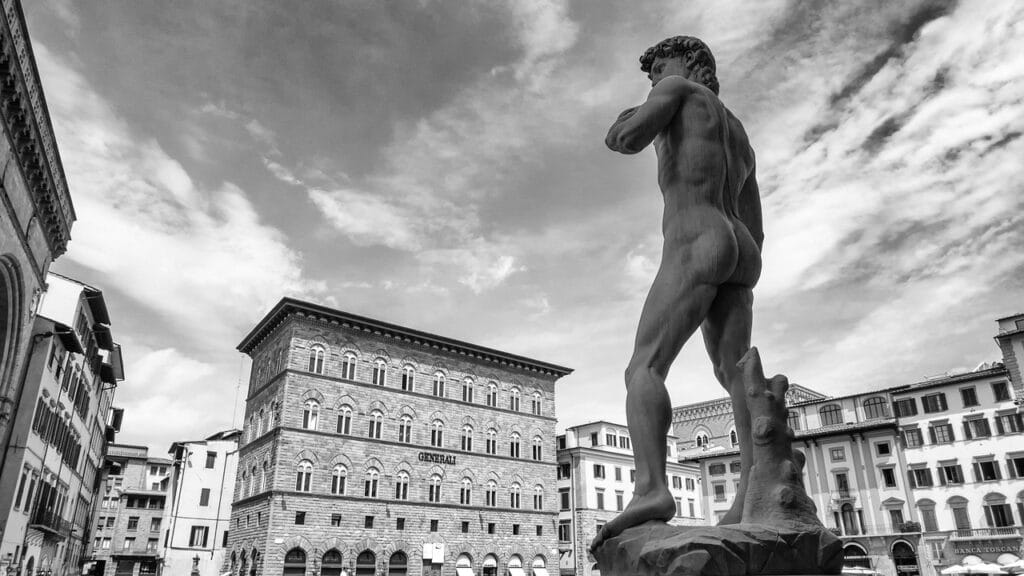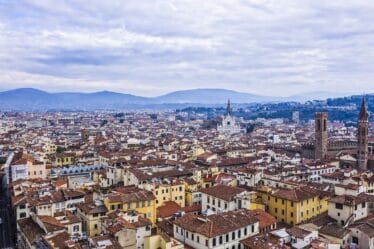

A Republican Symbol Left Incomplete
The Unfinished Glory of Florence is one of the most fascinating artistic projects of the early 16th century—a monumental work that, though never completed, speaks volumes about the ideals and political shifts of Renaissance Florence. Commissioned during the brief republican era and left in monochrome due to a shortage of pigments, this altarpiece by Fra Bartolomeo continues to capture the attention of art historians and visitors alike. In this article, we will explore its origin, meaning, and historical journey—shedding light on why this Unfinished Glory of Florence remains so significant today.
The Commission and Original Vision
In 1510, Piero Soderini, a prominent figure of the Florentine Republic, commissioned Fra Bartolomeo to create a grand altarpiece for the Sala del Gran Consiglio, which would later become the Salone dei Cinquecento. This hall, originally inspired by the ideas of Girolamo Savonarola, was intended to house artworks symbolizing civic freedom and democratic values.
A Recycled Idea
Interestingly, this project wasn’t entirely new. It had first been assigned in 1498 to Filippino Lippi. Unfortunately, upon Lippi’s death in 1504, only the preliminary sketch and frame were completed. Consequently, Fra Bartolomeo was instructed to follow Lippi’s original design, creating what would become the Unfinished Glory of Florence.
Read more about the Salone dei Cinquecento on Wikipedia
A Visual Manifesto of Florentine Ideals
Fra Bartolomeo’s composition was not just a religious artwork. On the contrary, it was a political manifesto in painted form. According to Giorgio Vasari, the scene depicts all the patron saints of Florence engaged in a discussion of the Immaculate Conception, a symbol of purity and divine order—an allegory for the city itself.
Who’s Who in the Painting
- Saint Anne: Represents the liberation from the Duke of Athens, a crucial historical event.
- Saint John the Baptist: The main patron saint of Florence.
- Saint Victor: Associated with the victory of Cascina.
- Saint Reparata: Kneeling on the right, representing strength and resilience.
- Saint Zenobius: Former bishop and spiritual leader of the city.
- Saint Barnabas: Symbolizes the victory at Campaldino.
Moreover, the second standing figure looking out toward the viewer is believed to be an idealized self-portrait of Fra Bartolomeo—an intimate and powerful inclusion that enhances the meaning of the Unfinished Glory of Florence.
Explore Fra Bartolomeo’s works at the Uffizi Gallery
Interrupted by Political Turmoil
By 1513, the painting had reached its current, unfinished state. However, historical events soon took over. With the fall of the Republic and the return of the Medici family, the Grand Council was dissolved. As a result, the painting’s original function was effectively canceled.
A Symbol Reclaimed and Lost Again
During the short-lived return of the Republic in 1527, the painting was brought out again in triumph. Unfortunately, this revival was short. By 1530, the Medici had permanently reclaimed power, and the Unfinished Glory of Florence was absorbed into their private collection.
Later, in 1774, it was transferred to the Uffizi Gallery, and in 1924, it found a final home in the Museum of San Marco, where it can be admired today.
Visit the Museum of San Marco official page
Why This Work Still Matters
Although it remains incomplete, the Unfinished Glory of Florence tells a complete story—a story of politics, religion, identity, and artistic excellence. Through its array of saints, historical references, and rich symbolism, it encapsulates the hope for a free and democratic Florence.
In conclusion, whether you’re an art lover, historian, or simply curious about Renaissance Florence, the Unfinished Glory of Florence is a must-see piece that continues to speak across the centuries.


